There is a wealth of luxury products and companies that possess a rich and diverse legacy. As audiophiles and music enthusiasts, our hobby is certainly no different. We enjoy a bevy of fantastic audio gear designed by a long list of brilliant thinkers who sought a better and perhaps different way of accomplishing their design goals. The personalities are often as much a part of the allure of the gear as the designs are.
These notable and ingenious designers and inventors founded quite a few of the more well-known legacy companies in today’s audiophile landscape. They forged paths where, very often, paths did not exist before. They were often vilified for their beliefs and desire for better-sounding stereo systems. Names like McIntosh Labs, Mark Levinson, Marantz, Audio Research, and more companies than space allows us to mention started and helped establish what we know today as the audiophile hobby. Basically, they created the high end, and we have their design acumen and perseverance to thank for what is today one of the most advanced available methods to listen to recorded music.
There are, however, a long list of essentially lesser-known figures who also helped create and who are, today, right now, bringing new technologies and products to market in high-performance audio. Best of all, many of these maverick pioneers are developing affordable products capable of reaching far more consumers than ever before. Because our mission is to prioritize the new, the affordable, the technologically advanced, and products with stellar sonics yet affordable cost, we thought a more in-depth look at some of these lesser-known pioneers would be appropriate.
While there are more notable and exceedingly talented not-so-well-known but equally fantastic audiophile designers in high-performance audio than space permits mentioning, our goal in this piece is to headline several who are making meaningful audiophile contributions. We want to showcase some of the behind-the-scenes thinkers who make extraordinary contributions to the hobby we know as high-end audio. We would also like to mention the impossibility of highlighting everyone. In fact, we understand more than a few will be left out. Please know our intention is not to disrespect anyone, and if someone was not mentioned, it is both because space precludes doing so and the very real possibility of simple oversight. Our actual goal in this article is to illuminate a number of the really brilliant minds who maybe have not received the notoriety they deserve. As always, we welcome you to add people to the list who you think are worthy via our moderated comments section.
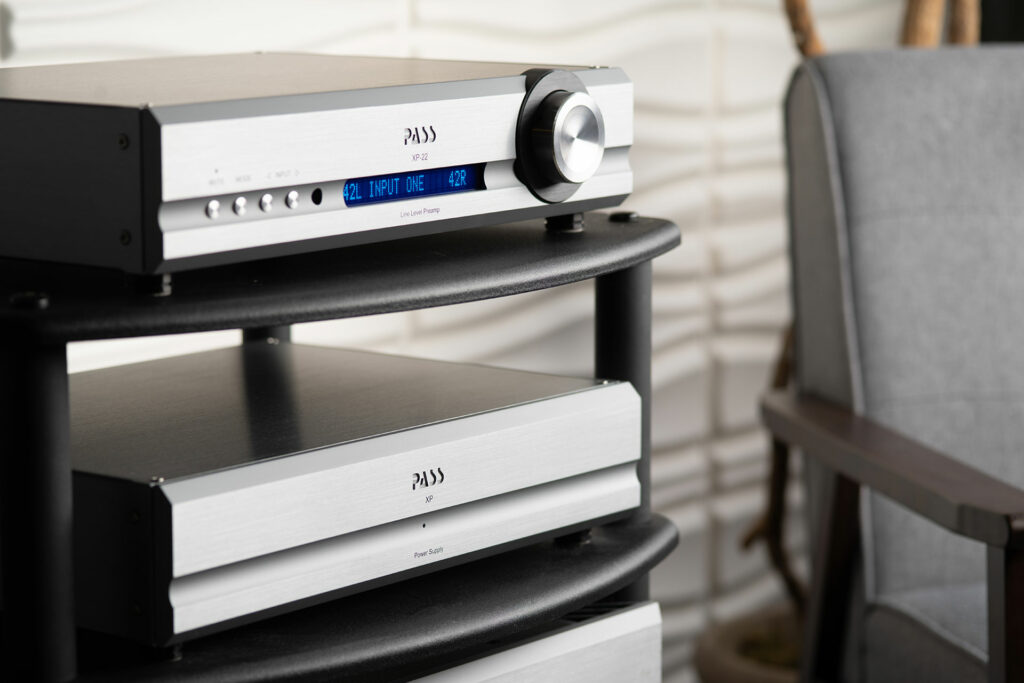
Wayne Colburn of Pass Labs
Nelson Pass first began designing amplifiers on his kitchen table and, by 1991, had founded a modest manufacturing facility to sell his designs commercially. Because amplifiers have essentially always been his favorite audiophile product design category, Pass realized he could greatly benefit from a gifted designer to assist with other products. In 1994, Pass placed an ad for a design assistant. Wayne Colburn answered the ad with a resume, and an amplifier he had designed, and the rest is history. Colburn has designed most of the phonostages Pass Labs sells. Most notably, Pass and Colburn together collaborate on nearly all Pass Labs products. In fact, Wayne Colburn has spent the last 34 years as an integral part of the products Pass Labs introduces into the marketplace. Anyone like myself, with a Pass Labs phonostage, as well as other Pass Labs products, has Wayne Colburn to thank for his dedication and design acumen.
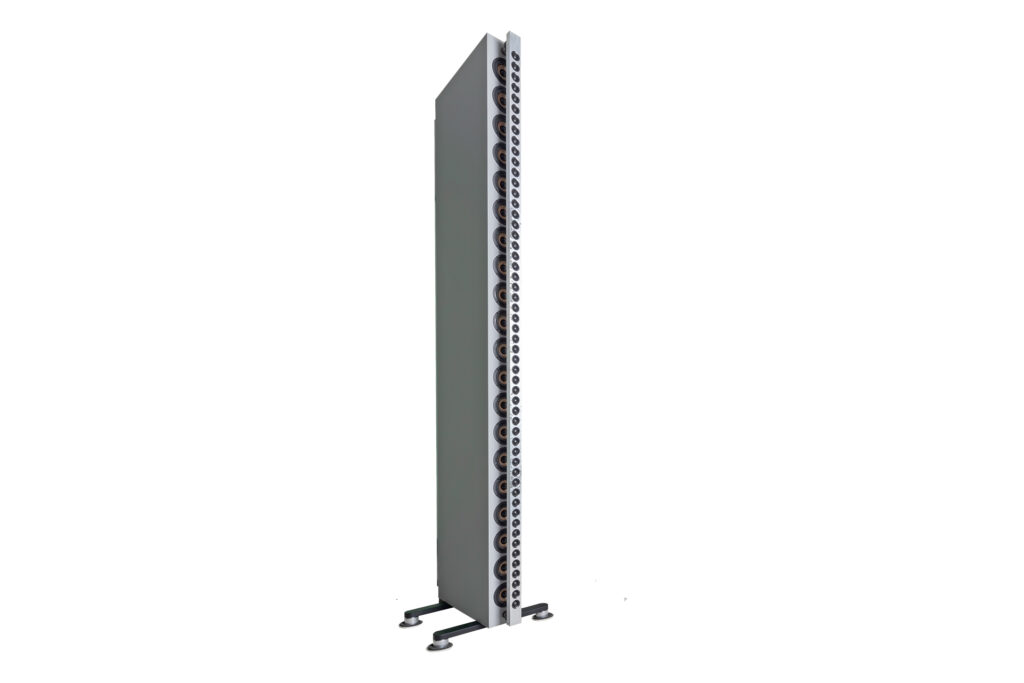
Mark Porzilli of Melos Audio, Pipedreams, Scaena and Laufer Teknik
Mark Porzilli began drawing simple electrical circuits at about age five. Extremely intellectually gifted, he won a state science competition at age 11 and a national science competition at age 12. By his middle teens, he had already graduated from high school and Rutgers University with a double major in physics and chemistry. While still a teenager, he designed a cutting-edge alpha wave biofeedback monitor used in a New Jersey children’s hospital. Today, he is a quantum physicist who also dabbles in nuclear biophysics.
Porzilli’s introduction into high-performance audio was with Melos Audio, which in the 1980s rose to become the third largest manufacturer of tubed stereo equipment. Melos garnered awards throughout the Americas and Europe, with Porzilli as the principal designer for all Melos Audio products. After leaving Melos, he designed award-winning speaker systems, such as the Pipedreams and the original Scaena. In modern times, and through his association with Laufer Teknik, Porzilli designed an award-winning music server called the Memory Player 64 (read our review) for which he holds two patents, and one patent pending for his software designs. He has also designed cutting-edge line array speakers, which have amazing performance characteristics. He has even designed audio cables that easily hold their own against the best and most expensive cables on the planet. In his spare time, Porzilli enjoys watching fish and, not surprisingly, is working on sophisticated inventions to enhance aquariums while keeping them clean and properly oxygenated.
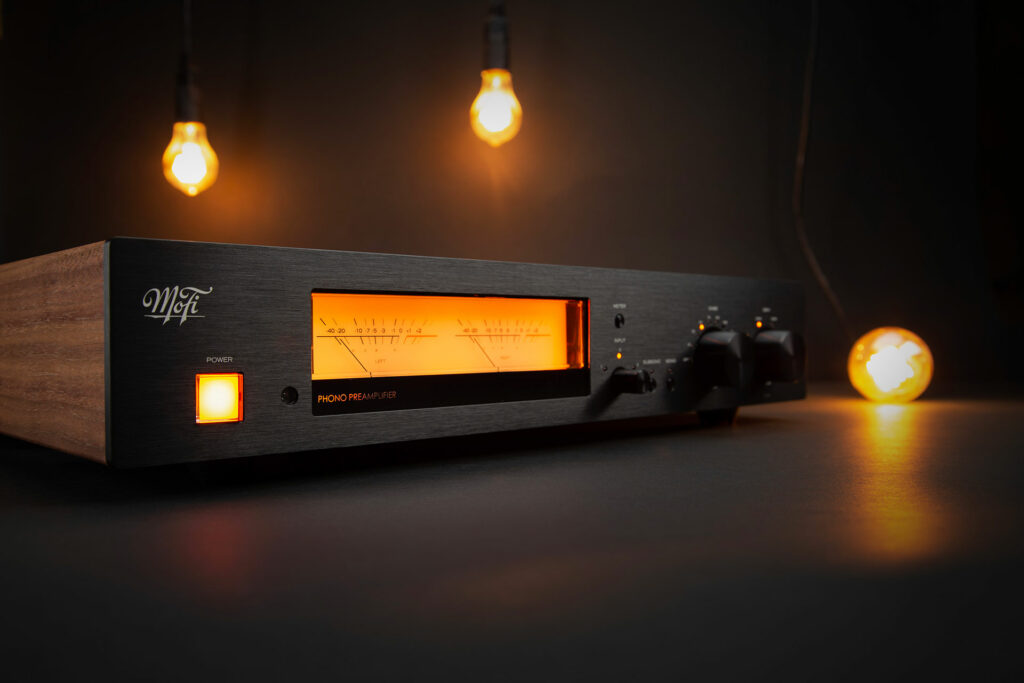
Peter Madnick of Audio Alchemy, Constellation and Mobile Fidelity
When he was 15, Peter Madnick got a job working in the stockroom of a local stereo store. After college, in 1977, he and two friends started a HiFi store that remains in business today. Fast forward to 1979. While employed by Dennesen Electronics in Massachusetts, Madnick developed the Geometric Soundtracker Cartridge Alignment tool. In 1989 he co-founded Audio Alchemy, where he designed amplifiers, preamplifiers, DACs, phonostages and jitter reduction technologies. Audio Alchemy lasted until the late 1990s, whereupon Madnick took a position as the head of engineering for Constellation Audio. His most recent appointment is with Mobile Fidelity (MoFi), where he designed the MoFi Masterphono phonostage (read our review). When I reviewed this component, I found it to be absolutely outstanding. Madnick has over 40 years in the audio business both as a sales associate and as an engineer, designing some of the more cutting-edge components in the high-performance landscape.
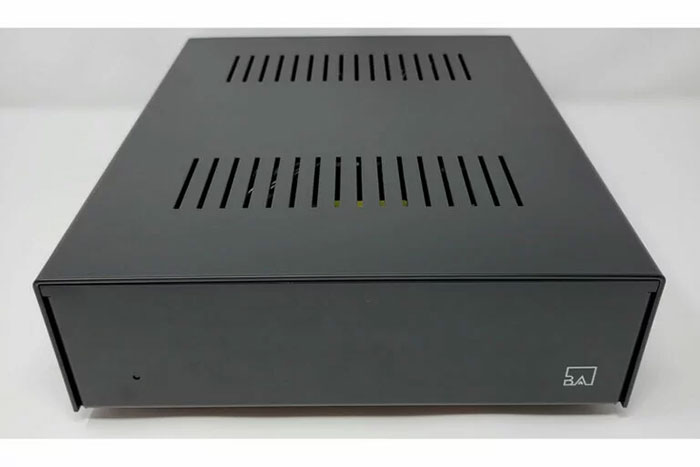
Bruno Putzeys of Phillips, Grimm Audio, Hypex, Purifi Audio and Kii Audio
After graduating magna cum laude in 1995 from the National Technical School for Radio and Film in Brussels, Belgium, Putzeys soon thereafter began his professional career with the Phillips Applied Technology Lab in Brussels and earnestly began working on digital amplification equipment. At the time, Phillips was not really interested in Class-D amplification, so his work was predominantly used in televisions. When Putzeys introduced his landmark Universal Class-D, or “UcD,” circuit, the application for digital switching amplification really took off. As an aside, many people believe the D in Class-D means Digital. According to Putzeys, the term Class-D was chosen because the previous technology was called Class-C. “D” was simply next in line. In 2005, Putzeys left Phillips and divided his time between Hypex and Grimm Audio, where he continued work on Class-D circuitry and switch mode power supplies. In 2014, Mola-Mola introduced a line of amplifiers utilizing Putzeys digital designs. Also in 2014, Putzeys co-founded Kii Audio and Purifi Audio to focus on his belief that speaker advancements are best made by increasing the fundamental knowledge of electromagnetism, mechanics and acoustics. He is actively involved in the Hypex amplifier technology, which is very widely praised for its outstanding performance alongside budget-level cost parameters. Putzeys holds multiple patents in digital audio and power conversion.
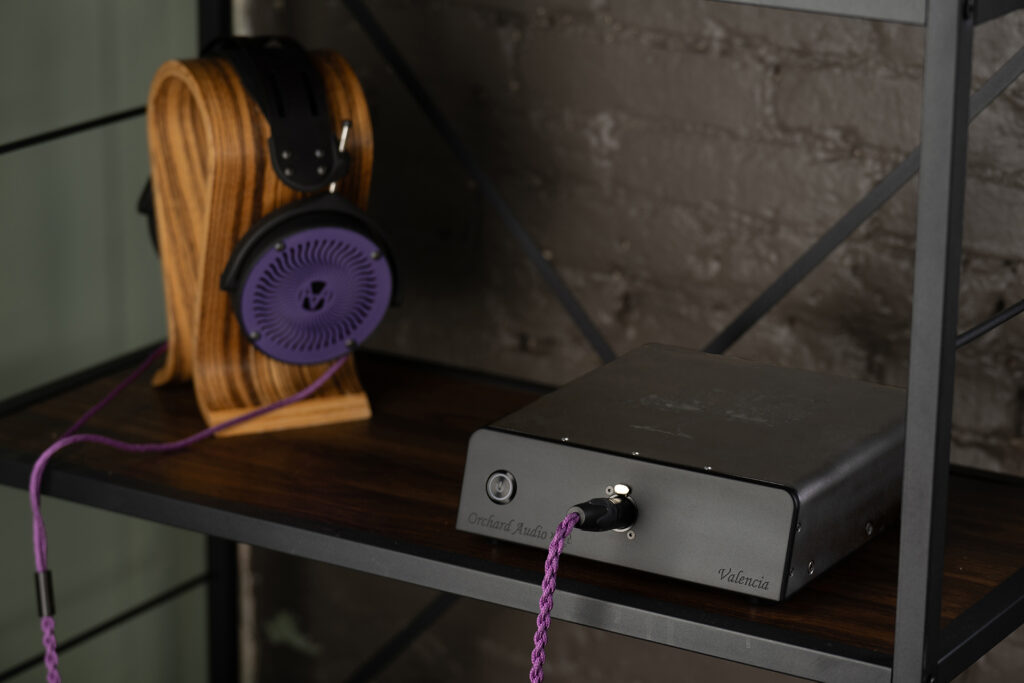
Who Are Some Other Notable Figures in High-Performance Audio?
- Leo Ayzenshtat at Orchard Audio began his career as a satellite engineer. As a high-performance audio devotee, Ayzenshtat was more interested in audiophile products than satellites in a geosynchronous orbit. His Orchard Audio (read a review of their monoblock amps here) is literally a pioneer in the modern Class-D amp movement (learn about the movement here). You can build his amps yourself or buy them direct from Orchard Audio at impossibly reasonable prices. Nearly every Future Audiophile staff reviewer who has heard these low-cost semiconductor-based audiophile power amps marvels at their power efficiency, lack of heat, small size, tube-like sound (without any of the tube downsides) and overall value. Companies like Argent Pur (read a review of their GaN monoblocks) are buying Ayzenshtat’s boards and making even more extreme GaN (Gallium Nitride) amps (learn more about GaN from us here) for a higher-end market.
- The first move that David Sheriff made when he bought audiophile electronics company Parasound was to hire a young designer named Darren Meyers away from competitor PS Audio (read our coverage here). Paul McGowan, co-founder of PS Audio, is a legend who has excellent taste in audiophile engineers. More importantly, he never lets audiophile ego get in the way of an engineer’s design efforts for PS Audio products. This is what Myers did with the Stellar Series of PS Audio products (read the PS Audio Stellar Gold Preamp (read the review here). Parasound has both veteran designer John Curl and now a blue-chip prospect like Meyers on staff. The next generation of Parasound products will be exceptional if Meyers’ work at PS Audio is any indicator.
- In the beginning of his audio career, Brian Zolner had almost two decades as the head of International Sales for Lexicon, with an emphasis on professional recording equipment. In 2004, Zolner co-founded Bricasti Design, and the company’s M7 Stereo Reverb Unit became one of the more highly respected and most highly used stereo reverb components in the pro audio world. Soon enough, Zolner and Bricasti turned their attention to consumer, or home-based, audio components. Today, Bricasti is well known for amplifiers, preamplifiers, digital components and DACs. I reviewed their flagship M21 Platinum Edition DAC (read review here) and liked it so much I bought the review sample. While world-class performance and fair pricing are terms not often associated together in the audiophile landscape, Bricasti is building components that offer both.
- David Salz founded Wireworld Cable Technologies with the goal of improving an audio system’s sound through better cable technology. Salz has designed virtually all Wireworld’s audio cable products. This would include his patented and award-winningCable Comparator, which allows objective listening tests against a virtually perfect test control. Wireworld has an associated patented technology called DNA Helix and an ancillary patented technology called Composilex 5. This technology deals with the materials used in insulation, with the goal of a quieter and better-performing product.
- While many have very likely heard of speaker designer Andrew Jones, how many actually know how many cutting-edge speaker designs and the list of companies for which he was worked? Jones has a background in both physics and acoustics from the University of Surrey in Guilford, Surrey, England. His multi-decade career includes creating cutting-edge award-winning designs with companies that include KEF, Infinity, Pioneer, TAD, ELAC and currently MoFi Electronics. Jones has consistently pushed the boundaries of speaker design, and has numerous awards for his efforts. While at TAD, Jones’ world-class, best of the best designs were known for amazing sonics, but they were also very expensive. When he went to work with ELAC, audiophiles the world over were amazed at how his speaker designs could sound so remarkable, yet sell for such an affordable sum. He continues this tradition at MoFi Electronics with the current iteration of the Source Point speaker system, also a technologically advanced speaker with an affordable price.
- Dan D’Agostino, as is widely known, founded Krell Industries and in the early years was responsible for many of the company’s product designs. Less well-known are the many contributions of David Goodman, who spent several decades designing a significant portion of the entire Krell product line. D’Agostino eventually left to form his namesake company, which is one of the most celebrated audiophile manufacturers in the world. Goodman remained with Krell until just before it went out of business and took his talents to Emotiva, where today he still designs home theater and two-channel audio components.
- While the company name, Schiit Audio, is quite nearly impossible to forget, how many know the names of the founders of the company? Jason Stoddard, formerly with Sumo, and Mike Moffatt, formerly with Theta, founded Schiit Audio in 2010. In the beginning, they introduced the Asgard and Valhalla headphone amps. Collectively, Stoddard and Moffatt have an impressive amount of experience with the design of amplifiers, preamplifiers, DACs, custom digital DAC filters and jitter reduction technologies. Their joint experience found its way into the current lineup of Schiit products. Perhaps most amazingly, all of Schiit products are manufactured in their multiple facilities located in Texas. Even most of their internal parts are sourced from U.S.-based suppliers. Despite this presumed contradiction, Schiit Audio is one of the better-sounding yet most reasonably-priced manufacturers in high-performance audio today.
- Recording engineer and audiophile icon David Chesky has a rich collection of accolades. His accomplishments as a recording engineer speak for themselves. And he is the co-founder of online store HDTracks. But Chesky also has a son. An 18-year-old son, in fact, Luca Chesky. In 2024, Luca Chesky introduced a small, two-way, very respectable-sounding loudspeaker, which is also very affordable. Interestingly enough, the cabinet is made using the 3D printing process. This seems pretty amazing for someone who, in the fall of 2025, will enter college as a freshman.
- In 2007, Dr. Fang Bian founded HIFIMAN in New York, based on his desire to advance the Sony Walkman and other similar products. Headphones were the company’s first product. In 2008, HIFIMAN introduced a portable music player and, in 2010, released a planar magnetic headphone design, one of the first of its kind. Today, HIFIMAN has about 60 dealers in the Americas, Europe and Asia.
- Hans Looman was once a consultant for Resonessence Labs, which was a spin-off of ESS Technologies and the maker of the highly-regarded Saber DAC chip so widely used in today’s digital audio. Today, Looman is CEO and founder of Infigo Audio, a Canada-based company making amplifiers, preamplifiers, DACs, streamers and even audio cables. Infigo, Latin for impressive, is one of a very few companies that manufacturers and markets a full Class-A solid state amplifier which, uniquely, does not get hot the way most Class-A amps do.
- Mike Levy, founder of speaker manufacturer Alta Audio, got his start in helping to bring to market CD, DVD, HDTV and Surround Sound technologies. After several discussions with audiophile insiders about the performance problems most speakers have in sounding faithful to live music, Levy embarked on his own speaker design, and Alta Audio was born. The speaker designs range from the Alyssa, a highly-regarded bookshelf, to the world-class Reference Tower – a seven-foot-plus tall, 11-driver, 485-pound behemoth of a speaker. All Alta Audio speaker designs are routinely praised for their sonic excellence.
- Dylan Launder has taken the original Class-D technology and made it state of the art with the use of Hypex NCORE amplifier architecture. In October of 2020, Launder formally founded Buckeye Amps and began selling his products to interested customers. What he thought would only be a few amplifier sales quickly grew into a large customer base. Four years later, in 2024, Launder came out with his own amplifier designs, based on the Hypex NCORE technology first developed by Bruno Putzeys during his time at Phillips.
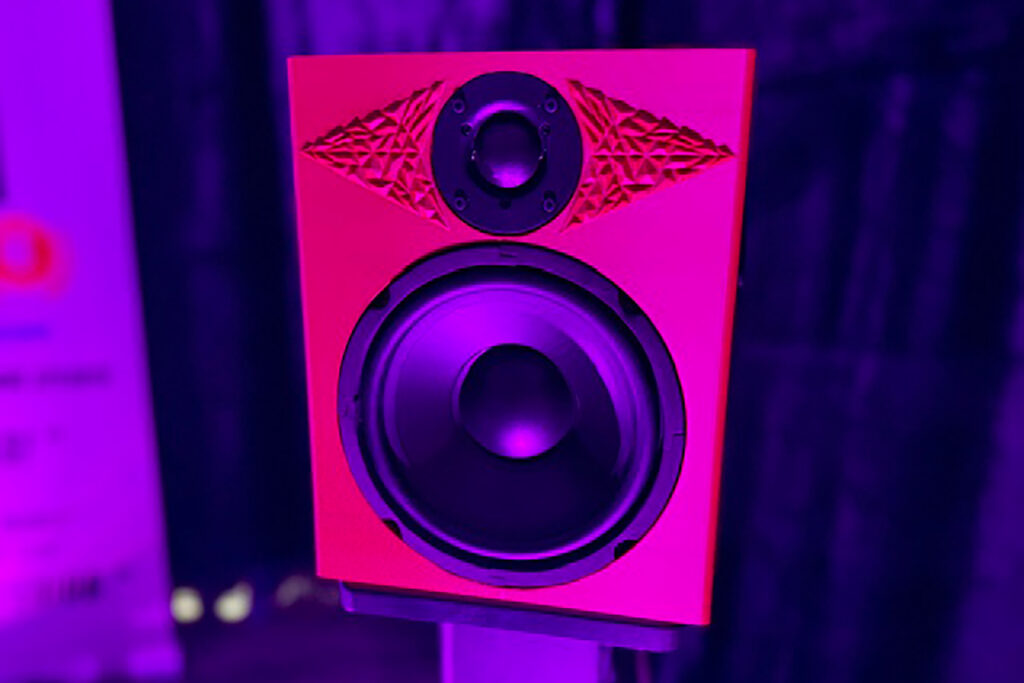
Final Thoughts on Some of the Not-So-Well-Known Audio Pioneers …
Suffice to say our chosen hobby has been the fortunate recipient of so many brilliant thinkers who genuinely loved music and wanted to find a better way to enjoy its luxuries. As previously mentioned, this article could go on for a very long time and still would not reach the end of all those who so nobly contributed to high-performance audio. While our goal, once again, was not to dismiss anyone, or their contributions to our hobby, we understand it is simply impossible to mention everyone. Our main intention was to headline a few of the brilliant minds our hobby has been so fortunate to have.
As audiophiles, we are the privileged recipients of a rich legacy of creative minds who sought a better way. Very often, these designers and their designs suffered by being at odds with other technologies and inventions. Yet they still persisted and we, most providentially, have only to push the power button and play glorious music. This is perhaps one of the most enjoyable facets of our hobby. We can enjoy the fruits of others’ labor and willingness to find a better way. Ultimately, we all are happy these notable individuals held audio in such high esteem. Their passion is our reward each and every time we settle into the listening chair and push play.
So, who did we miss? We had to miss somebody, right? We will post your thoughts in the comments.




How about Dennis Murphy of Philharmonic Audio/ Amazing crossover wizardry over many decades.
That’s a new one (company and the person) to me. Good call Ernie!!!
j
two of the most brilliant minds I have met in this industry (and I go back 4 decades) are Jeff Rowland and George Cardas. Jeff is one of the most innovative of all the amplifiers designers, and George is one of the most insightful of cable designers. Always supremely musical, and aesthetically pleasing.
Both guys have their names on the companies thus not what I would define as “under the radar” but solid designers nontheless 🙂
Also, Charlie Hansen. He was the brains behind Avalon Speakers, and Ayre Acoustics.
Aerial Brown is now President at Ayre Acoustics but was behind the scenes for many years.
Should this person run Aerial speaker? 🙂
Smith Freeman at SVS has expanded a subwoofer powerhouse into a full line of high value speakers of all sizes, along with amplification, both built-in and stand alone.
Nice.
I know Dan, Nick and Gary (all big supporters of ours) at SVS but not Smith.
Thank you for adding!!!
j
Don’t forget Bill Hutchins of LKV Research. He standardized on solid state Class-A, dual-mono, zero-feedback, non-IC, differential designs using matched, non-IC, components from phono pre-amp to line pre-amp through amplifier. Yet, he was the first US engineer to incorporate Purifi Class-D as the final stage in his amp. Great engineer, better person.
I am SO GLAD to hear of these new people that I have not heard of.
SO COOL
Thank you
My thanks to everyone who has offered names not highlighted in the article. This is exactly what we were hoping would happen. My only regret is not being able to include everyone who has made a contribution to high performance audio, both large and small. Fortunately, we have you, the readers, to pick up where the article left off!
Many thanks!
Paul
you left out GESHELLI LABS in Florida
Thanks for adding them.
I’ve only spoken to them briefly at some of the trade shows.
Carl Marchisotto of Nola Speakers. The designer of the Dalquist Speakers of the 1970’s. Became Alon Speakers and finally Nola.
I get emails from Carl all of the time.
I had NO IDEA he did Dalhquist. I bought DQ-10s when I was 15!!! 🙂
How about Paul Barton from PSB Speakers?
An audio legend since the late 70’s.
I love Paul but he’s got his name on the company thus not very “under the radar”
Although there’s no indication that this product actually made it to market, Stephan Goetze of GECOM Technologies designed an outrageous turntable (under the moniker of the Physical Emotions ‘Caeles’) that was picked up by a company called Refant Audio (who appear to no longer be in business). There may have been some actual production, but this is almost 10 years ago. Michael Fremer caught the turntable at a show, and made a video of it that he posted on his Analog Planet website. Goetze has since built an insane entire system from scratch (while running an intense scientific measurement equipment company). You can see it at https://www.gecom-technologies.com/entwicklung-3/ Who knows? Maybe he has been involved in other esoteric projects.
Oh, how could I forget…Danny Richie of GR Research. In addition to his own production of speaker kits and fully assembled speakers, Richie is a hired gun for various companies that contract him for crossover design (maybe not so much anymore). I guess that qualifies..?
What companies is he “in the rear” with the gear on?
Curious
j
Kevin Voecks, who did great work for Revel and other companies.
My vote for a digital designer holding top-echelon, world-class chops is Rob Watts of Chord Electronics fame.
He has pioneered/authored the FPGA (Field Programmable Gate Array) algorithm approach to spectacular effects. Rob is working on another upsampler that early glimpses suggest is brilliant.
Catch his presentations at most hifi shows – if you can fully digest them past the first 15 minutes, you’re a better man than I.
My best to your family, Jerry – John
Great to see you posting. Miss you buddy.
Great addition to the list.
Thank you.